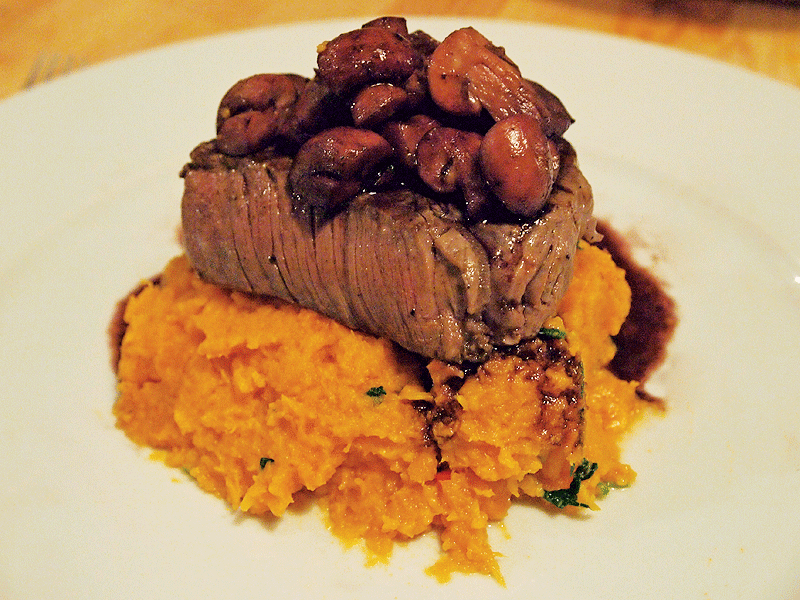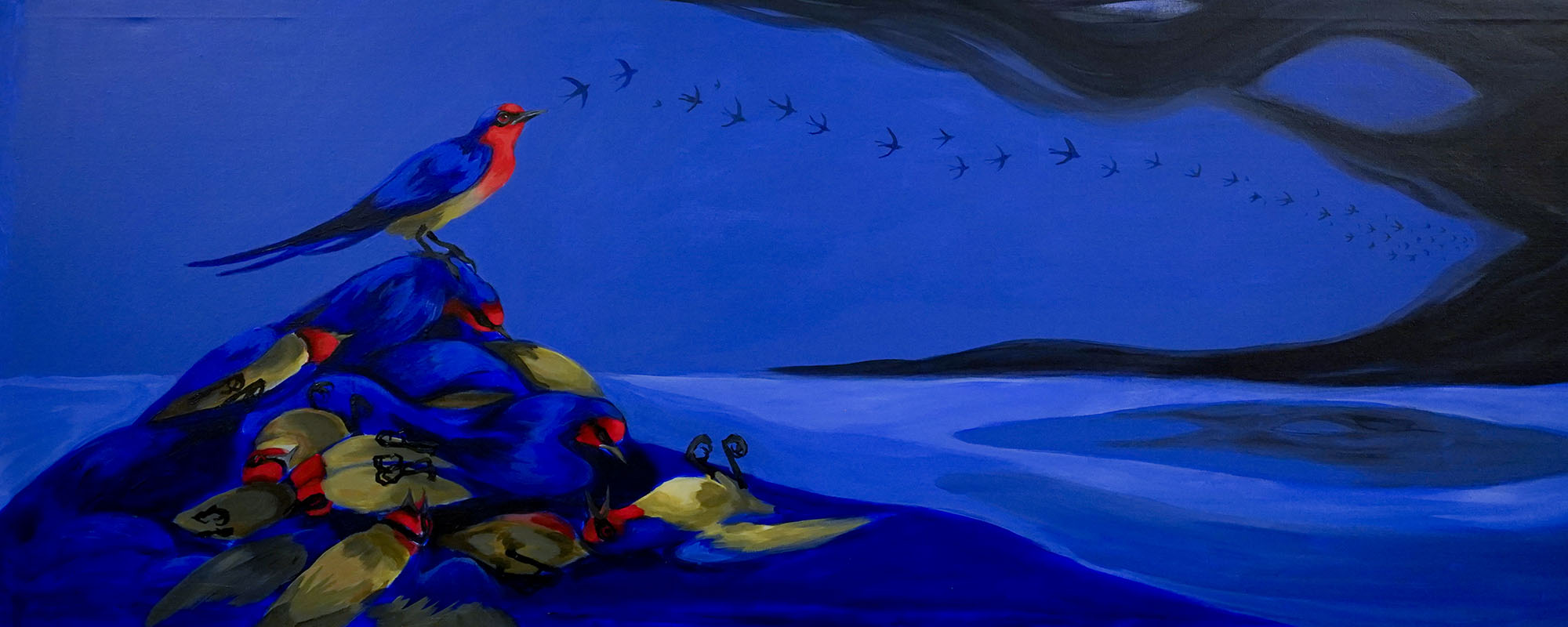Fillet is the best cut. Trust me. It’s worth the money.
Use molecular gastronomy to take advantage of decades of researching how meat changes with heat. Science indicates that the best cooking temperature is around 55˚C, and definitely not above 60˚C. At a high temperature, myofibrillar (hold 80% of water) and collagen (hold beef together) proteins shrink. Shrinking leads to water loss. In the water lies the flavour.
To cook the fillet use a technique called sous vide. It involves vacuum wrapping the beef and keeping it at 55˚C in a water bath for 24–72 hours. This breaks down the proteins without over heating. The beef becomes tender but retains flavour and juiciness.
Take the beef out. It will look unpalatable. Quickly fry it on high heat on both sides to brown it. The high heat triggers the reduction of proteins or the Maillard reaction. Enjoy with a glass of your favourite red.





Comments are closed for this article!